Grow Garcinia Intermedia at Home: Ever dreamt of having your own exotic fruit tree, bursting with vibrant, tangy goodness, right in your backyard? I know I have! The Garcinia Intermedia, also known as the “Lemon Drop Mangosteen,” is a delightful tropical fruit that’s surprisingly adaptable to home cultivation. While its cousins, like the purple mangosteen, are notoriously finicky, the Garcinia Intermedia offers a more forgiving and rewarding experience for the home gardener.
Historically, Garcinia species have been treasured in Southeast Asia for both their culinary and medicinal properties. Imagine bringing a piece of that rich heritage to your own garden! But beyond the novelty, why should you bother with this particular DIY project? Well, for starters, fresh Garcinia Intermedia fruit can be difficult to find in many parts of the world. Growing your own ensures access to this delicious and nutritious treat. Plus, it’s a fantastic conversation starter and a rewarding way to connect with nature.
This DIY guide will walk you through everything you need to know to successfully grow Garcinia Intermedia at home, from selecting the right seedlings to providing the optimal growing conditions. Forget complicated gardening jargon – I’ll break it down into easy-to-follow steps, so even if you’re a beginner, you can enjoy the satisfaction of harvesting your own homegrown Lemon Drop Mangosteens. Let’s get started!
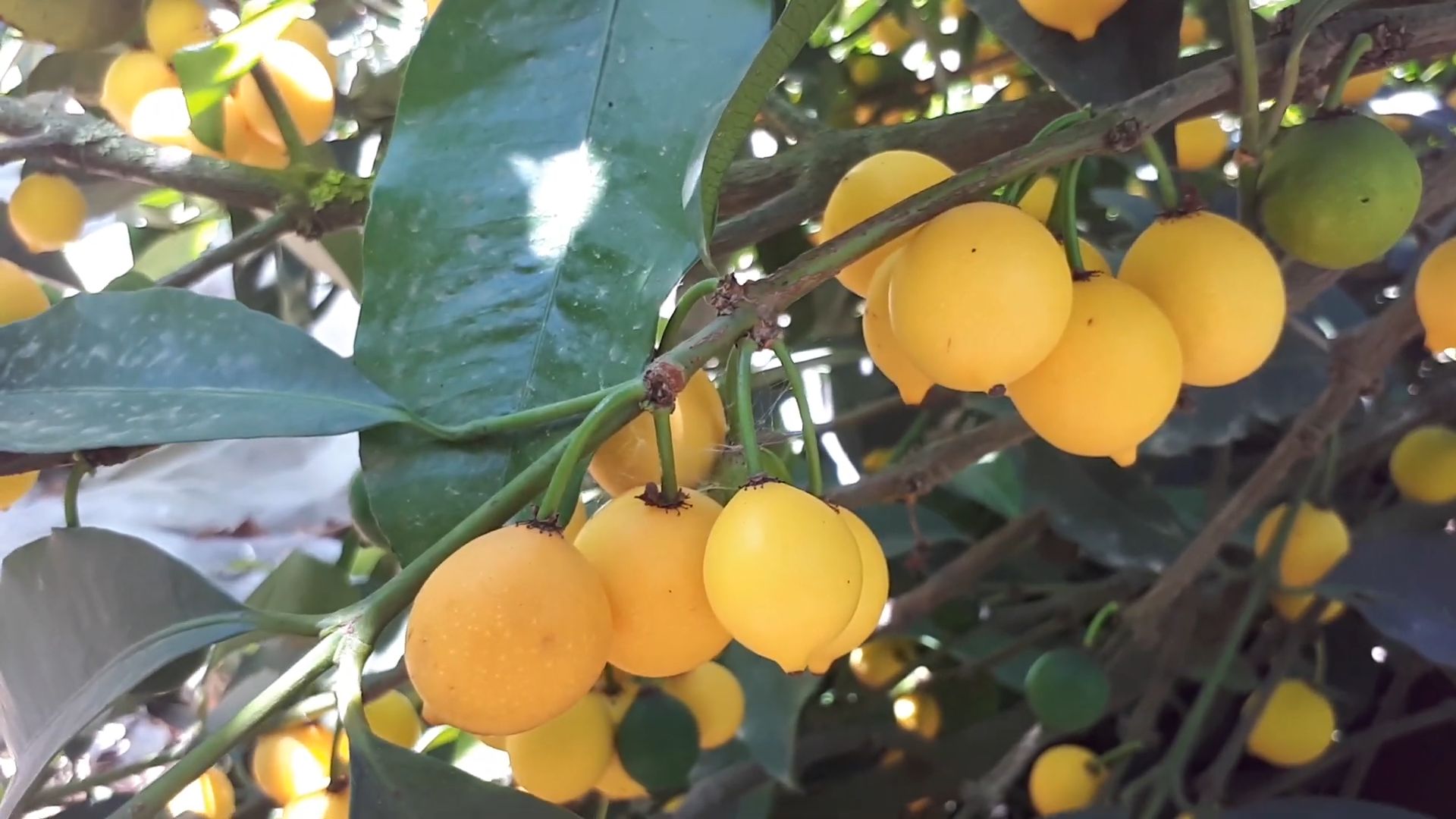
Growing Garcinia Intermedia (Achachairu) at Home: A Comprehensive Guide
Okay, so you want to grow your own Achachairu tree? Awesome! These little orange gems are delicious and surprisingly rewarding to cultivate. It’s not the easiest project, but with patience and the right approach, you can absolutely enjoy homegrown Achachairu. I’m going to walk you through everything I’ve learned, from seed germination to caring for a mature tree. Let’s get started!
Understanding Achachairu
Before we dive in, let’s talk a little about what we’re dealing with. Garcinia Intermedia, or Achachairu, is a tropical fruit tree native to South America. It thrives in warm, humid climates and prefers well-draining soil. Keep this in mind as we go through the steps.
Sourcing Your Achachairu
You have a few options here:
* **Seeds:** This is the most common starting point. You can extract seeds from ripe Achachairu fruits.
* **Seedlings:** If you’re lucky, you might find Achachairu seedlings at a specialty nursery. This will give you a head start.
* **Grafted Trees:** These are the most expensive but also the most reliable option. Grafted trees will fruit sooner and are often more disease-resistant.
For this guide, we’ll focus on growing from seed, as it’s the most accessible method.
Germinating Achachairu Seeds
This is arguably the trickiest part. Achachairu seeds can be finicky, so patience is key.
1. **Extracting the Seeds:** Carefully remove the seeds from a ripe Achachairu fruit. Make sure to clean off any pulp clinging to the seeds. I usually rinse them under running water and gently scrub them with a soft brush.
2. **Preparing the Seeds:** Some people recommend scarifying the seeds to help them germinate. Scarification involves gently nicking or scratching the seed coat. I’ve had mixed results with this, so it’s optional. If you choose to scarify, be very careful not to damage the inside of the seed. A nail file or sandpaper works well.
3. **Soaking the Seeds:** Soak the cleaned seeds in lukewarm water for 24-48 hours. This helps to soften the seed coat and encourages germination. Change the water every 12 hours.
4. **Preparing the Germination Medium:** Use a well-draining seed starting mix. I like to use a mix of peat moss, perlite, and vermiculite. You can also use coconut coir. Make sure the mix is moist but not soggy.
5. **Planting the Seeds:** Fill small pots or seedling trays with the germination medium. Plant the seeds about 1/2 inch deep. I usually plant 2-3 seeds per pot to increase my chances of success.
6. **Creating a Humid Environment:** Achachairu seeds need a warm, humid environment to germinate. You can achieve this by placing the pots in a plastic bag or under a humidity dome. Make sure to vent the bag or dome regularly to prevent mold growth.
7. **Providing Warmth:** Keep the pots in a warm location, ideally between 75-85°F (24-29°C). A heat mat can be helpful, but it’s not essential.
8. **Patience is Key:** Germination can take anywhere from a few weeks to several months. Don’t give up! Keep the soil moist and the environment humid.
9. **Transplanting Seedlings:** Once the seedlings have developed a few sets of true leaves, you can transplant them into larger pots.
Caring for Your Achachairu Seedling
Now that you have a seedling, it’s time to focus on providing the right conditions for it to thrive.
1. **Potting Mix:** Use a well-draining potting mix that is rich in organic matter. I like to use a mix of potting soil, compost, and perlite.
2. **Pot Size:** Start with a pot that is at least 6 inches in diameter. As the tree grows, you’ll need to repot it into larger containers.
3. **Watering:** Water regularly, keeping the soil moist but not soggy. Achachairu trees don’t like to dry out completely. Check the soil moisture regularly and water when the top inch feels dry.
4. **Fertilizing:** Fertilize regularly with a balanced fertilizer. I like to use a slow-release fertilizer or a liquid fertilizer diluted to half strength. Fertilize every 2-3 weeks during the growing season (spring and summer).
5. **Sunlight:** Achachairu trees need plenty of sunlight. Aim for at least 6 hours of direct sunlight per day. If you’re growing your tree indoors, place it near a sunny window or use a grow light.
6. **Temperature:** Achachairu trees thrive in warm temperatures. They can tolerate temperatures down to around 50°F (10°C), but they prefer temperatures between 70-90°F (21-32°C).
7. **Humidity:** Achachairu trees prefer high humidity. If you live in a dry climate, you may need to increase the humidity around your tree. You can do this by misting the leaves regularly, placing a humidifier nearby, or placing the pot on a tray filled with water and pebbles.
8. **Pruning:** Prune your Achachairu tree regularly to maintain its shape and encourage branching. Remove any dead or diseased branches.
9. **Pest and Disease Control:** Keep an eye out for pests and diseases. Common pests include aphids, spider mites, and scale. Common diseases include root rot and fungal infections. Treat any infestations or infections promptly. Neem oil is a good organic option for pest control.
Moving Your Achachairu Outdoors (If Applicable)
If you live in a warm climate, you can move your Achachairu tree outdoors during the summer months.
1. **Acclimatization:** Gradually acclimatize your tree to outdoor conditions by placing it in a sheltered location for a few hours each day, gradually increasing the amount of time it spends outdoors.
2. **Location:** Choose a location that receives plenty of sunlight and is protected from strong winds.
3. **Watering:** Water more frequently when your tree is outdoors, as it will dry out more quickly.
4. **Fertilizing:** Continue to fertilize regularly.
5. **Bringing it Back In:** Before the first frost, bring your Achachairu tree back indoors.
Encouraging Fruiting
This is the ultimate goal, right? Here are some tips to encourage your Achachairu tree to fruit:
1. **Maturity:** Achachairu trees typically take several years to fruit, even grafted ones. Be patient!
2. **Pollination:** Achachairu trees are self-pollinating, but cross-pollination can increase fruit production. If you have multiple trees, they will pollinate each other. You can also hand-pollinate the flowers using a small brush.
3. **Fertilizing:** Use a fertilizer that is high in phosphorus and potassium to encourage fruiting.
4. **Watering:** Maintain consistent watering during the flowering and fruiting period.
5. **Stress:** Sometimes, a little stress can encourage fruiting. Try withholding water for a short period of time, but don’t let the tree dry out completely.
Troubleshooting
Here are some common problems you might encounter and how to solve them:
* **Yellowing Leaves:** This could be caused by overwatering, underwatering, nutrient deficiency, or pest infestation. Check the soil moisture, fertilize regularly, and inspect for pests.
* **Leaf Drop:** This could be caused by sudden changes in temperature, humidity, or light. Try to maintain consistent conditions.
* **No Flowers or Fruit:** This could be caused by lack of maturity, insufficient sunlight, or nutrient deficiency. Be patient, provide plenty of sunlight, and fertilize regularly.
* **Root Rot:** This is caused by overwatering. Make sure your pot has good drainage and allow the soil to dry out slightly between waterings.
Harvesting Your Achachairu
When the fruits turn a vibrant orange color and are slightly soft to the touch, they are ready to harvest. Gently twist the fruit from the tree.
Enjoying Your Homegrown Achachairu
Congratulations! You’ve successfully grown your own Achachairu. Enjoy the sweet, tangy flavor of your homegrown fruit. You can eat them fresh, make juice, or use them in desserts.
Growing Achachairu at home takes time and effort, but the reward of enjoying your own homegrown fruit is well worth it. Don’t be discouraged if you encounter challenges along the way. Just keep learning and experimenting, and you’ll eventually succeed. Good luck!
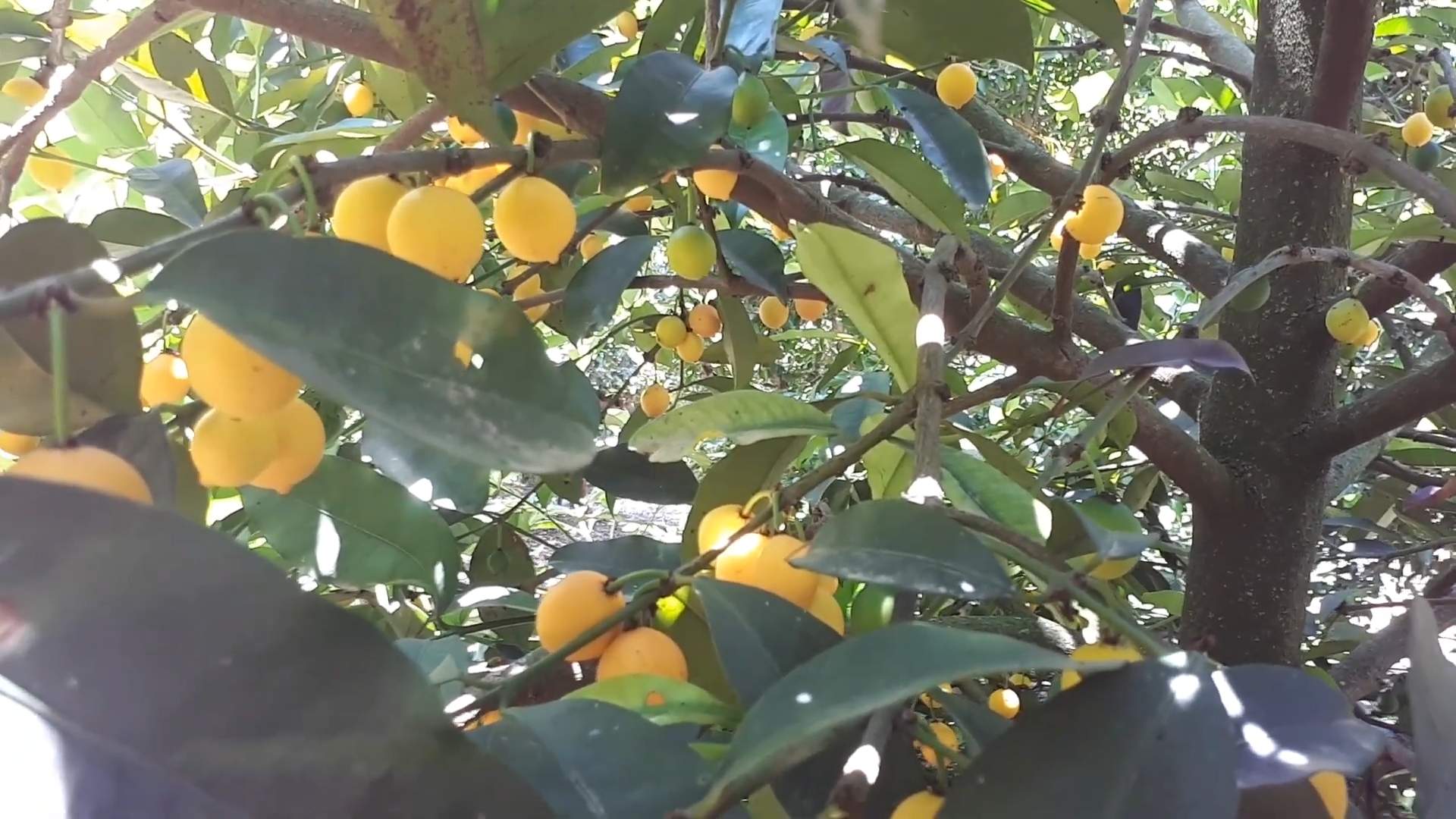
Conclusion
So, there you have it! Cultivating your own Garcinia Intermedia, also known as the Mundu fruit, at home is not just a possibility; it’s a rewarding journey that brings the exotic flavors of Southeast Asia right to your backyard. We’ve walked through the essential steps, from sourcing quality seeds or seedlings to providing the ideal growing conditions. The benefits extend far beyond simply having access to fresh fruit. Imagine the satisfaction of nurturing a plant from its infancy, witnessing its growth, and ultimately harvesting your own Mundu fruits.
This DIY project is a must-try for several compelling reasons. First and foremost, you gain complete control over the growing process. You can ensure that your Garcinia Intermedia is cultivated organically, free from harmful pesticides and chemicals. This is particularly important if you value healthy eating and want to minimize your exposure to potentially harmful substances. Secondly, growing your own fruit is an incredibly sustainable practice. You reduce your carbon footprint by eliminating the need for transportation and packaging associated with store-bought produce. Finally, and perhaps most importantly, it’s an enriching experience that connects you with nature and provides a sense of accomplishment.
But the adventure doesn’t stop there! Feel free to experiment with different growing techniques. Try using various soil amendments to see how they affect the fruit’s flavor and yield. Consider grafting your Garcinia Intermedia onto a more robust rootstock to improve its disease resistance and overall vigor. You can even explore different pruning methods to shape your tree and maximize fruit production.
Variations and Adaptations:
* Container Gardening: If you live in a colder climate, consider growing your Garcinia Intermedia in a large container. This allows you to move the plant indoors during the winter months, protecting it from frost and freezing temperatures.
* Espalier Training: For those with limited space, espalier training is an excellent option. This technique involves training the tree to grow flat against a wall or fence, maximizing sunlight exposure and minimizing its footprint.
* Hydroponics: While less common, growing Garcinia Intermedia hydroponically is possible. This method involves growing the plant in a nutrient-rich solution without soil. It can be a great option for those who want to experiment with alternative growing techniques.
We wholeheartedly encourage you to embark on this exciting DIY project. Growing your own Garcinia Intermedia is not only a fun and rewarding experience, but it also provides you with access to fresh, healthy, and sustainably grown fruit. Don’t be afraid to get your hands dirty, experiment with different techniques, and most importantly, enjoy the process.
Once you’ve successfully grown your own Mundu fruit, we’d love to hear about your experience! Share your tips, tricks, and photos with us in the comments section below. Let’s build a community of Garcinia Intermedia enthusiasts and learn from each other’s successes and challenges. Your insights could be invaluable to other aspiring growers. So, go ahead, give it a try, and let us know how it goes! Remember, the journey of a thousand miles begins with a single seed, and the delicious taste of homegrown Garcinia Intermedia is well worth the effort.
Frequently Asked Questions (FAQ)
What is Garcinia Intermedia and why should I grow it?
Garcinia Intermedia, also known as Mundu, is a tropical fruit tree native to Southeast Asia. The fruit is small, round, and has a tangy, slightly acidic flavor. Growing your own Garcinia Intermedia allows you to enjoy fresh, organic fruit, control the growing process, and reduce your environmental impact. Plus, it’s a fun and rewarding hobby!
Where can I get Garcinia Intermedia seeds or seedlings?
Sourcing quality seeds or seedlings is crucial for success. Look for reputable nurseries specializing in tropical fruit trees. Online marketplaces can also be a source, but be sure to read reviews and check the seller’s reputation before making a purchase. Ensure the seeds are viable or the seedling is healthy and free from diseases. Local agricultural extension offices might also provide information on where to find reliable sources.
What are the ideal growing conditions for Garcinia Intermedia?
Garcinia Intermedia thrives in warm, humid climates with plenty of sunlight. It prefers well-draining soil that is rich in organic matter. The ideal temperature range is between 70°F and 90°F (21°C and 32°C). Protect the plant from frost and strong winds. Regular watering is essential, especially during dry periods.
How often should I water my Garcinia Intermedia tree?
Water your Garcinia Intermedia tree regularly, especially during the growing season. The soil should be consistently moist but not waterlogged. Check the soil moisture level regularly and water when the top inch or two feels dry. Reduce watering during the dormant season.
What type of soil is best for Garcinia Intermedia?
Garcinia Intermedia prefers well-draining soil that is rich in organic matter. A slightly acidic to neutral pH is ideal. Amend the soil with compost, peat moss, or other organic materials to improve drainage and fertility. Avoid heavy clay soils that retain too much water.
How much sunlight does Garcinia Intermedia need?
Garcinia Intermedia requires at least 6-8 hours of direct sunlight per day. Choose a location that receives plenty of sunlight throughout the day. If you are growing the plant indoors, provide supplemental lighting if necessary.
How do I fertilize my Garcinia Intermedia tree?
Fertilize your Garcinia Intermedia tree regularly during the growing season. Use a balanced fertilizer that is specifically formulated for fruit trees. Follow the instructions on the fertilizer label for application rates and frequency. Avoid over-fertilizing, as this can damage the plant.
How long does it take for Garcinia Intermedia to bear fruit?
Garcinia Intermedia typically takes 3-5 years to bear fruit from seed. Grafted plants may bear fruit sooner, often within 1-2 years. Be patient and provide the plant with the proper care and growing conditions.
What are some common pests and diseases that affect Garcinia Intermedia?
Garcinia Intermedia can be susceptible to certain pests and diseases, such as aphids, scale insects, and fungal infections. Monitor your plant regularly for signs of infestation or disease. Treat any problems promptly with appropriate insecticides or fungicides. Good air circulation and proper watering practices can help prevent many common problems.
How do I prune my Garcinia Intermedia tree?
Prune your Garcinia Intermedia tree regularly to maintain its shape, remove dead or diseased branches, and improve air circulation. Prune during the dormant season, after the last frost. Use sharp, clean pruning shears to make clean cuts.
Can I grow Garcinia Intermedia in a container?
Yes, you can grow Garcinia Intermedia in a container, especially if you live in a colder climate. Choose a large container with drainage holes. Use a well-draining potting mix that is rich in organic matter. Water regularly and fertilize as needed. Move the container indoors during the winter months to protect the plant from frost.
How do I protect my Garcinia Intermedia tree from frost?
If you live in an area with occasional frost, protect your Garcinia Intermedia tree by covering it with a frost blanket or moving it indoors. You can also wrap the trunk with burlap to insulate it from the cold. Avoid watering the plant heavily before a frost, as this can make it more susceptible to damage.
What can I do with the Garcinia Intermedia fruit once I harvest it?
Garcinia Intermedia fruit can be eaten fresh, used in juices, jams, and jellies, or added to savory dishes. The fruit has a tangy, slightly acidic flavor that pairs well with both sweet and savory ingredients. Experiment with different recipes and find your favorite way to enjoy this delicious fruit.
Is growing Garcinia Intermedia at home worth the effort?
Absolutely! While it requires some effort and patience, growing your own Garcinia Intermedia is a rewarding experience that provides you with fresh, organic fruit, connects you with nature, and reduces your environmental impact. The unique flavor of homegrown Mundu fruit is well worth the effort.


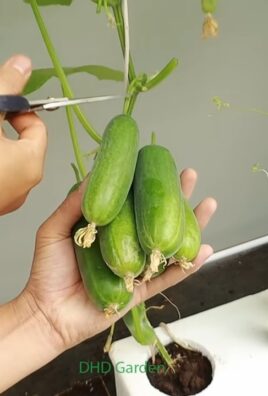
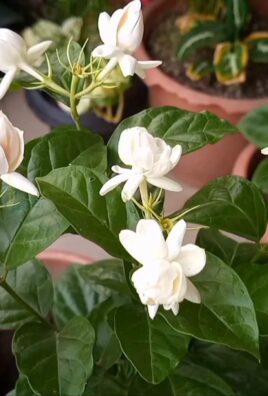
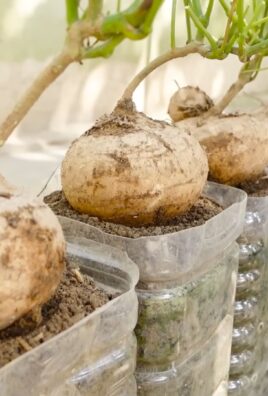
Leave a Comment